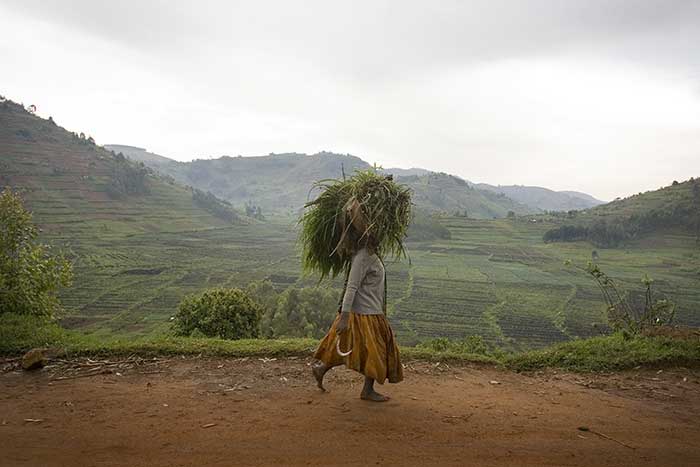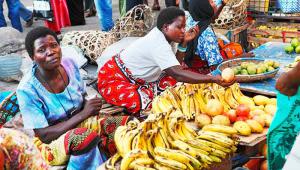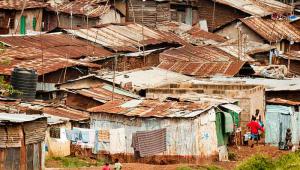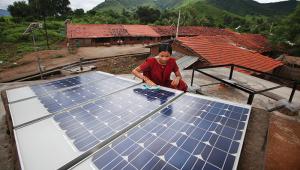A report published today by a collection of UN agencies predicted that growth in the world’s least-developed economies will pick up over the next two years, but will remain well below a target of 7% set out in the Sustainable Development Goals.
It warned that this sub-par expansion in the poorest nations around the globe poses a critical risk to public spending on health, education, social protection and climate change, and jeopardises the attainment of the SDGs overall.
“Without an acceleration in both GDP growth and progress towards improving income inequality, eradicating the high levels of extreme poverty in the LDCs by 2030 is a formidable challenge,” the report, which is produced by a group of UN economic and trade agencies.
“Under the current growth trajectory, nearly 35% of the population in the LDCs may remain in extreme poverty by 2030.”
Success in the LDCs, which are grouped largely in Africa but also span Asia and the Pacific and the Caribbean, will make or break the achievement of the SDGs. A central tenet of the goals is to “leave no one behind”.
Addressing shortfalls in productivity growth in the LDCs alone will require a significant increase in annual average investment to these economies – from 8.9% currently to at least 11%.
In light of sluggish global growth, low trade and commodity prices and significant geopolitical risks, the UN said raising long-term investment and building up capital in the LDCs will be particularly challenging.
Even developing economies and those referred to as “in transition” – mostly former Soviet Union nations and those neighbouring them – are being hit by weak investment.
Money that would normally flow in to such nations, for business, trade or other investments, has instead been flowing out since 2014, and the UN estimates this will continue at least until the end of this year.
This would represent the longest multi-year reversal of flows since the UN began monitoring capital flows in 1990, although the experiences of each country are different.
The UN’s report said that changes to public policy and regulation are needed in order to incentivise new investment patterns. But this would need to be accompanied by increases in and more effective use of public finance, it said.
In the LDCs, this is particularly salient: concessional public funds make up 70% of all their external financing.
Despite the rise in lending between developing and emerging economies, the UN said international public finance remains insufficient. Developing countries have then turned to borrowing on the capital markets, through sovereign bonds for example, sparking concerns of a fresh sovereign debt crisis.
Commodity exporters in sub-Saharan Africa are particularly representative of this trend, as the collapse in prices saw their export-reliant budgets shrink.
But according to the report, Africa can expect a moderate growth recovery in 2017, to 3.2% from 1.7% last year, as commodity prices rise steadily. Elsewhere, in East and West Africa for example, “a more favourable growth outlook” is predicted.
On the other hand, East and South Asia, also home to some of the LDCs, will exhibit the fastest growth of all regions in 2017-18 (5.9%), the UN said, with South Asia in particular being a bright spot.
Growth in western Asia however will “remain subdued”, the report continued, at 2.5% in 2017 and 3% in 2018, up from 2.1% in 2016. The report includes the Gulf States in this region, where low oil prices have put years of fiscal and economic plenty to an end.
The commodity price crash also hit Latin America and the Caribbean hard, evidenced in a 1% economic contraction in the region last year. The UN expects a return to growth (1.3%) this year, followed by 2.1% in 2018.
Europe will likely continue to struggle to boost its sluggish growth, which will hover around the 1.8% mark in 2017 and 2018. The Commonwealth of Independent States, which covers the former Soviet Union, will rebound from a 0.3% recession last year with an anticipated 1.4% growth in 2017 and 2% in 2018.














